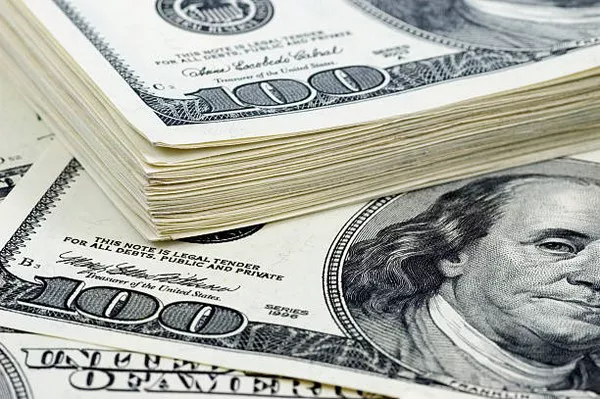In the realm of global finance, the U.S. dollar stands as a cornerstone currency, wielding significant influence on international trade and investment. Understanding how to invest in a strong dollar involves delving into its dynamics, economic indicators, investment vehicles, risks, benefits, market analysis, strategies, case studies, expert opinions, regulatory considerations, and practical steps to get started.
Understanding the Dollar’s Strength
A strong dollar refers to a situation where the U.S. dollar appreciates in value relative to other currencies. This can occur due to various factors such as robust economic growth, higher interest rates, political stability, and demand for dollar-denominated assets. Historically, the dollar has experienced periods of strength and weakness, influenced by global economic conditions and geopolitical events.
Economic Indicators
Several economic indicators impact the dollar’s value, including GDP growth, inflation rates, employment data, trade balance, and interest rates set by the Federal Reserve. Investors closely monitor these indicators to gauge the health of the U.S. economy and anticipate shifts in the dollar’s value.
Investment Vehicles
Investors can access the dollar through various investment vehicles such as Forex trading, exchange-traded funds (ETFs), and dollar-denominated assets like U.S. Treasury securities, certificates of deposit (CDs), and money market funds. Each vehicle offers unique features and risk profiles, catering to different investment objectives and risk tolerances.
Risks and Benefits
Investing in a strong dollar entails both risks and benefits. While a strong dollar can enhance the purchasing power of U.S. investors abroad and attract foreign capital inflows, it can also weigh on exports, corporate earnings of multinational companies, and emerging market economies heavily indebted in dollars.
Market Analysis
Current market analysis suggests that the dollar’s strength may be influenced by factors such as monetary policy divergence between the U.S. and other major economies, geopolitical tensions, global economic growth prospects, and shifts in investor sentiment. Forecasts vary depending on prevailing economic conditions and policy decisions.
Strategies for Investment
Strategies for investing in a strong dollar encompass diversification across asset classes, geographies, and currencies to mitigate risks and capitalize on opportunities. Timing investments based on economic indicators, geopolitical events, and market sentiment can also enhance returns.
Case Studies
Examining case studies of successful investments in a strong dollar provides valuable insights into effective strategies and risk management techniques employed by investors in different market environments.
Expert Opinions
Financial experts offer diverse opinions on the future of the dollar and investment strategies. Some experts advocate for a balanced approach that considers both short-term market dynamics and long-term economic fundamentals, while others emphasize the importance of adapting investment strategies to changing market conditions.
Regulatory Considerations
Investors should be aware of legal and regulatory considerations when investing in currency markets, including compliance with anti-money laundering (AML) and know your customer (KYC) regulations, tax implications, and trading restrictions imposed by regulatory authorities.
How to Get Started
To start investing in a strong dollar, follow these steps:
- Educate Yourself: Understand the fundamentals of currency markets, economic indicators, and investment vehicles.
- Set Objectives: Define your investment goals, risk tolerance, and time horizon.
- Select Investment Vehicles: Choose suitable investment vehicles based on your objectives and risk profile.
- Perform Research: Conduct thorough research on market trends, economic indicators, and geopolitical events.
- Develop a Strategy: Develop an investment strategy that aligns with your objectives and risk tolerance.
- Open an Account: Open a brokerage or trading account with a reputable financial institution.
- Monitor and Adjust: Continuously monitor your investments and adjust your strategy as needed based on market developments.
In conclusion
Investing in a strong dollar requires a comprehensive understanding of its dynamics, economic indicators, investment vehicles, risks, benefits, market analysis, strategies, case studies, expert opinions, regulatory considerations, and practical steps to get started. By staying informed, adopting sound investment strategies, and remaining adaptable to changing market conditions, investors can effectively navigate currency markets and capitalize on opportunities presented by a strong dollar.


